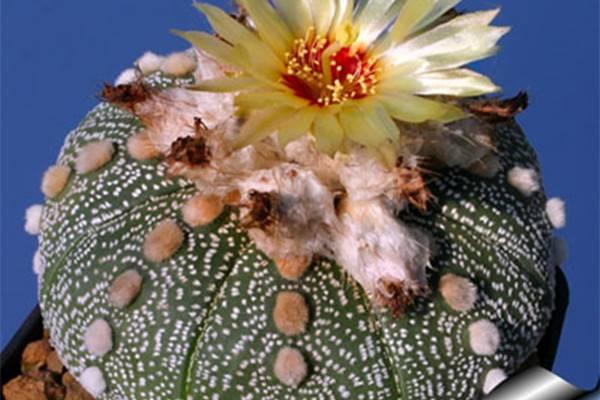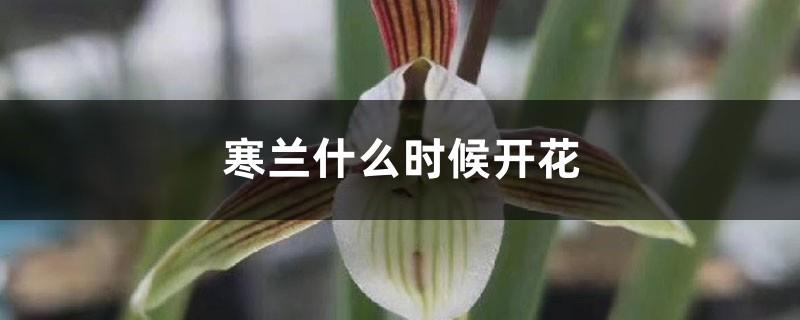Planet (Kabutu) family breeding and precautions
Last Update :2024.11.08
Article Catalog
Planet, also known as Dou and Star Crown. The plant is oblate spherical with a diameter of 5-8cm. The sphere is divided into 6-10 oblate edges by 6-10 shallow grooves. No spines, with white star-shaped wool on the spines. The flowers are born on the top of the ball, funnel-shaped, yellow, with red center, 3-4cm in diameter. The appearance is unique and beautiful. So what should we pay attention to when raising a planet?

Planet’s family breeding method
Planet (Kabuto) soil
Use the soil that originally grew in the wild When plants are planted in flower pots, the most difficult thing is to prepare the soil. It is very important to choose soil that retains water but is not too wet and drains well. In terms of water retention, soil based on red jade soil is very good and can grow thick roots that grow vertically downward. However, the roots of pods grown in sand-based soil are thinner. Secondly, the soil must be screened to remove particles for drainage. In this way, the problem of root rot caused by excessive irrigation is solved. However, there is also the problem that the soil is easy to dry out. This can only be solved by adjusting the rhythm of irrigation.
About watering the planet (Kabutu)
The planet (Kabuto) likes water very much, so it is better to keep the soil moist from time to time. The growth period from April to October lasts for about 3 days (note: this is a greenhouse environment with full sunshine, do not copy it). Water is supplied from the head at a time. The dormancy period in winter is also 2 weeks (note: this is also a greenhouse environment). Give water once. Complete dehydration is not good for Kabuto physiologically, and is the cause of waist creases in Kabuto. Abundant sunlight and strong root systems enable Dou to survive the cold winter.
About flower pots for planting planets (Kabuto)
From an aesthetic point of view, there is nothing to say about choosing pots such as pottery. But from a cultivation perspective, it is recommended that you use black plastic orchid pots. Although the ventilation is not good, there is no problem if you use the soil above. There is nothing better than a plastic pot in terms of heating up the pot. Not limited to Kabuto, the root growth of all cacti plants is inseparable from the rise in ground temperature. Warming a flower pot is an important thing, and in this regard, a black plastic pot is ideal. Also, keep a distance between flower pots and don’t forget to give the flower pots full sunlight.About planet (Kabuto) lighting
The planet likes a warm and sunny environment, so be careful to maintain sufficient lighting. Keep the temperature no lower than 5 degrees Celsius in winter to prevent frostbite. Be careful to prevent sunburn when the temperature is high in summer.
Planet (Pocket) propagation method
Sewing and grafting are commonly used for propagation.
Sowing: Sowing in indoor pots is often done in spring. Germination occurs 3 to 5 days after sowing, and seedlings can bloom after 3 to 4 years.
Grafting: It is carried out from May to June. Flower balls or sky rulers are often used as rootstocks, and scions are sown seedlings. They can bloom in the second year after grafting.
Fertilization of the planet (pocket)
Fertilization can be done once a month during the growth period.

Precautions for planetary farming
About root pruning and repotting
.The method is to put fermented chicken manure as base fertilizer on the large soil at the bottom of the pot, and spread large soil on the surface of the pot to prevent the soil underneath from being lost when watering. Plant a little deeper to add weight.
From experience, repotting between mid-April and July will not fail. It requires a high temperature of about 40°C (about 15°C at night) for the roots of the flower to start to move. This temperature cannot be reached in March. Kabuto blooms in late February. If it is repotted with other palms in early spring, red rot will occur at the roots due to low temperature and humidity. This failure often occurred in the past. The reason why it is said to wait until July is to allow the roots to fully grow by winter and prevent the occurrence of waist creases, the fatal injury of the pocket. Once creases occur, although they will recover in the spring, they will occur year after year and cannot be completely cured.
The method of root pruning is to shake off the soil on the roots, remove the fine roots with your hands, and cut off the thick roots with a razor blade at the place where 2 to 3 cm of thick roots are left at the bottom of the sphere. Let it dry for a week before planting. When pruning the roots, make sure there is no red rot on the root section, and if so, remove them all.
In addition to the above-mentioned methods of root repair, there is also another way to repair the roots: Begin the complete resection approach. Pull the bag out of the soil in mid-February, completely cut off the roots and put it indoors to dry. Plant it in mid-March. This method can reduce the rot of the bag, but it is prerequisite for having a greenhouse and being able to control the temperature.
About the diseases of pocket
Red rot is prone to occur in pockets. This is not caused by bacteria. This issue should be considered physiologically. Low temperature + insufficient sunshine + high humidity will inevitably cause red rot. The root of Douchi has its own subtleties. It has strong resistance to diseases caused by common bacteria, so there is no need to use fungicides.
- END -
When does the orchid bloom?

Hanlan is a kind of orchid and a very beautiful flower. It looks very graceful, th...
What are the types of wisteria?

The varieties of wisteria include silver wisteria, which is also called white-flow...